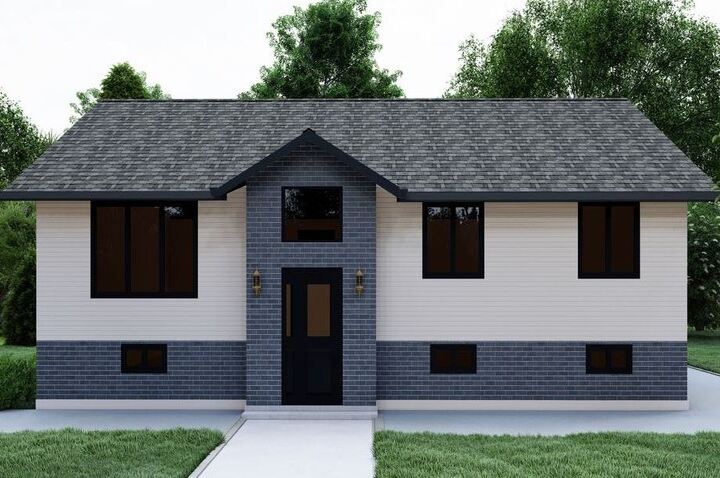
It has expertise in executing large and complex infrastructure projects. The company is driven to deliver projects ‘On-Time without Cost Overrun’ using world-class project management techniques and has uncompromising standards of quality, safety and sustainability.
Color is important to the building envelope. Learn how to properly achieve it in your next architectural project.
color was classified as “absolutely essential” in five of the six building application categories, including: Branding, Overall Project Design Aesthetic/Vocabulary, Natural/Artificial Lighting Selection, Performance/Health/Well-Being/Mood of Building Occupants and Wayfinding.
As the first impression an architect can make to the public, a building’s façade has the potential to send messages and create meaning, relaying its architectural story or purpose. Whether exterior color is chosen to highlight branding, design details, lighting, health or wayfinding, one of the easiest, most versatile and cost-effective ways to attain it is through paint and coatings.
While color possibilities can be endless with the right coatings supplier, it’s important to understand the performance and pigment recipe that leads to captivating results.
Addressing The Exterior Building Performance Expectation
Color is especially impactful on a structure’s exterior, on components such as metal wall panels, sunshades and roofing, where long-term durability and weatherability are crucial.
Fluoropolymer coatings that contain polyvinylidene fluoride (PVDF) serve as the standard for performance in exterior applications like monumental high-rise structures, pre-engineered buildings and high-end residential homes. Their excellent resistance to weathering and fading make them one of the best solutions for metal wall and roof panels constructed of aluminum, aluminum zinc and hot-dipped galvanized steel.
While protective coatings can help preserve the beauty and integrity of built structures for decades to come, their chemical makeup is not what meets the eye. Their color, gloss, shine and special effects are what people actually see, and what people see has the ability to affect their mood, emotions and overall psyche
Pigments: One Of The Great Differentiators
At the base of an exquisite color is an exceptional pigment, and not all pigments are engineered equally. A pigment changes the color of reflected or transmitted light as a result of selective wavelength absorption, and its color is designated by its position on the light spectrum. In paint and coatings, pigments are used for coloration and function. Pigments are either inorganic or organic in composition, and sometimes both types must be used to create a certain shade or color.
In architectural building components, the chemical resistance of the pigment is crucial. The pigment component in any coating formulation can either enhance or degrade the overall performance of the protective color coating. This sometimes restricts color spaces that can be achieved, no matter how well a coating is made.
Color Beyond The Standard
Once performance and pigment quality is understood, creativity can begin. Often, AECs look to building product suppliers to provide color capabilities and options via catalogs, color cards and stain guides, but the possibilities of color extend far beyond the limitations of one palette. Whether a project requires unique, custom color or simply something not found on the shelf, coating suppliers like Sherwin-Williams Coil Coatings, are equipped to engineer solutions that help bring visions to life.
For example, color combinations and unique patterns that mimic materials and natural elements, while simultaneously meeting regulatory building standards and rating systems, create multi-layered dimension on an exterior. If these effects won’t suit the building envelope, but a deep, intense sparkle would, these coil and extrusion coatings from the recently launched Fluropon® Nova line offer the glitz and glam to achieve it.
